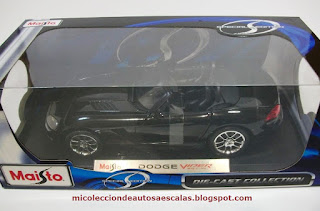Richard Allen Craven (born May 24, 1966) is an American stock car racing analyst and former driver. Prior to his broadcasting duties, he was a NASCAR driver who won in four different series—the K&N Pro Series, and the three national series.
He occasionally served as a pit reporter when NASCAR aired on TBS in the mid-1990s. Craven is perhaps most well known for winning the 2003 Carolina Dodge Dealers 400, beating Kurt Busch in the closest finish in Cup Series history.
Craven began racing at the age of 15 at Unity Raceway, winning twice as well as the Rookie of the Year award. The next year, he won 12 feature events and the track championship. In 1984 Craven raced at Wiscasset Speedway in the Late Model Division; in this year he won the track championship along with the Rookie of the Year title. After that, he began running in the American Canadian Tour, where he had rampant success. In 1986, he made his NASCAR debut at Oxford Plains Speedway in his own No. 12, finishing 25th after suffering engine failure. Four years later, he began running the Busch North Series, winning the Rookie of the Year award. In 1991, he was named the champion in that series, winning ten times in the No. 25 Chevrolet, with two of those ten wins in "combination" races with the Busch Grand National Series, including the prestigious Oxford 250. In addition, he made his Winston Cup debut at Rockingham, starting and finishing 34th for Dick Moroso. He moved to the Busch Series full-time in 1992 in the No. 99 Chevy for Bill Papke, and once again was named Rookie of the Year. In 1993 and 1994, he finished runner-up to Steve Grissom and David Green, respectively, in the championship standings. On October 9, 1994, Craven would serve as a pit reporter for TBS's broadcast of that year's Mello Yello 500, serving as a precursor to his broadcasting career.




















































